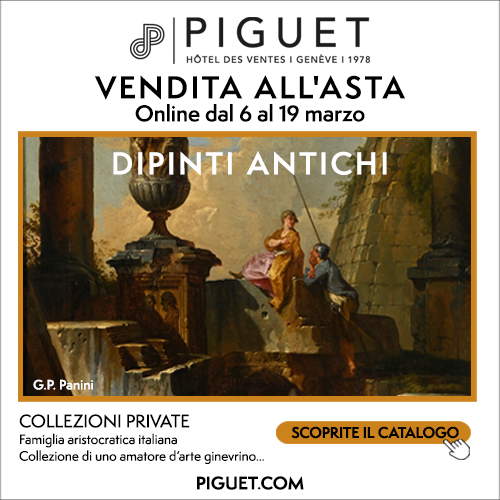I-Muse, the app that uses artificial intelligence to improve museum visitation, is born
I-Muse, theapp that usesartificial intelligence to improve the experience of visiting museums, is born. The project is the result of a collaboration between the University of Turin and the Polytechnic, with support from the Compagnia di San Paolo Foundation as part of the first edition of the Artificial Intelligence call for proposals.
The experimentation starts in Turin and involves eight museum realities: Reggia di Venaria Reale, Museo Egizio, Palazzo Madama, GAM - Galleria Civica d’Arte Moderna e Contemporanea and MAO - Museo d’Arte Orientale, Museo Nazionale del Cinema, Museo Nazionale dell’Automobile and Pinacoteca Giovanni e Marella Agnelli. Together with them, partners in the project are Associazione Abbonamento Musei, Piedmont Cultural Observatory and Big Data Analysis Lab of the City of Turin.
Thanks to I-Muse, developed in collaboration with the company Synesthesia, and currently available for iOS and Android, users will be able to enhance and amplify their visit experience, with personalized itineraries, suggested insights based on their preferences, and the ability to discover both the works on display and those stored in the warehouses and archives. The app provides suggestions for visits to other museums, creating cross-curricular connections and original visit routes.
Thanks to I-Muse, it will be possible to broaden visiting horizons, overcoming the idea of separate museums and putting collections in dialogue. And the Department of Architecture and Design of the Polytechnic has designed twenty virtual museums in this regard on cross-cutting themes, such as climate change, food, movement, and time that host works from all eight museums involved in a common virtual space.
The operation of I-Muse is simple. Once the app is downloaded, one can set up themes of interest to which works on display will be added as they are added. To add them to your database you will need to frame the Qrcode placed next to the work. This will allow I-Muse to get to know the user better and thus make suggestions in line with the profile.
Among the many features of I-Muse is also gaming developed by the company Garycom, with a special section of the app that allows users to play with collections. Among the benefits for museums is not only to offer a better visitor experience, but also to acquire data on user preferences in order to improve routes, optimize admissions also through dedicated ticketing, and more generally get to know their audiences better.
I-Muse is conceived by a team of researchers and was born from the collaboration of the two universities in Turin, University of Turin and Polytechnic University. Four departments are involved: Department of Economic - Social and Mathematical - Statistical Sciences of the University of Turin, (referent : Giovanni Mastrobuoni); Department of Management of the University of Turin (referent : Nadia Campaniello); D ipartement of Automatics and Informatics of the Polytechnic of Turin (referent : Giovanni Squillero); Department of Architecture and Design of the Polytechnic of Turin (referents : Sergio Pace, Manfredo di Robilant).
I-Muse’s experimentation starts in Turin curated by Club Silencio, as part of the project Una notte al Museo (A Night at the Museum ), which every week allows a wide audience, with a strong presence under 35, to experience museums in an unusual and engaging way. On September 13, at a dedicated event, data from this first phase of experimentation will be presented.
Nadia Campaniello gathers the voice of the team of researchers and says, “The I-Muse app is part of a larger project, which uses a mathematical-statistical approach to study the world of culture. The goal is to expand the number of museums that are part of it in the future, to broaden the range of paths between different museums.”
“With the Artificial Intelligence call, the first edition of which was launched in December 2020 by the Compagnia di San Paolo Foundation and the second, with a national dimension, in 2021 with the CDP Foundation, the Compagnia di San Paolo confirms its support for innovative research projects, aimed at advancing scientific knowledge in the field of artificial intelligence and with a concrete impact on the territory in economic and social terms,” said Francesco Profumo, president of the Turin-based foundation. “A call projected toward the future and re aimed at those who, in this future, will be absolute protagonists: young people. This is part of the i - Muse project, which shows us how important it is for artificial intelligence and museum heritage to dialogue with each other in order to find innovative solutions for the education of the citizens of today and tomorrow.”
To download the app download.aimuseum.art
 |
| I-Muse, the app that uses artificial intelligence to improve museum visitation, is born |
Warning: the translation into English of the original Italian article was created using automatic tools. We undertake to review all articles, but we do not guarantee the total absence of inaccuracies in the translation due to the program. You can find the original by clicking on the ITA button. If you find any mistake,please contact us.





























